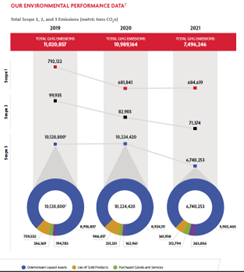It is giving season, with Giving Tuesday coming up after the
long Thanksgiving weekend. Now is the best time of the year to reach out to
your Donors and make sure that they are thinking of you as they give thanks for
the year and give donations into the end of the tax year. GivingTuesday.org #GivingTuesday
First, it is a busy week starting on Thanksgiving.
Black Friday is named such as a
target date for companies to move from losing money for the year into profits,
out of the red and into the black. Basically, if you paid all your expenses at
the beginning of the year, all future sales after the break-even point would be
pure profits. Thanksgiving Day, at the end of November is a wonderful target,
that leaves one month of pure profits. Plus, if the last month of the year is
disproportionate – like Christmas sales – that is gravy!
So, let’s see what we have in
November. Thanksgiving on the 4th Thursday. Black Friday. Small Business
Saturday. Sunday Football (or futbol, same name, different game). Cyber Monday.
Giving Tuesday. Buyer’s remorse Wednesday. Returns Thursday.
Well, all right, I made up the
last two, but they are kinda true.….
Hidden in the schedule at the end of November –
before Christmas & New Years season – is Giving Tuesday. This is a perfect
time to reach out to past donors to thank them, and touch base with prospective
donors. Everyone (or business) doing year-end tax planning will benefit from
the reminder to get their donations organized and submitted to their favorite
charities to make a difference this year. Plus, tax deductions are an added
incentive to give donors an extra nudge.
Happy Thanksgiving, Shopping & Giving Week.
Elmer Hall
Check out Hall & Hinkelman’s book on Nonprofit Planning and Impactful Giving for more on fundraising and philanthropic ecosystems.
Hall,
E. B. & Hinkelman, R. M. (2022). Perpetual
Innovation™: Strategic planning for nonprofits and the art of impactful giving:
the gift of giving, the art of caring. ISBN: 979-8842614615
Retrieved from: Amazon.com/dp/B0BF8MB13X (Available on Kindle eBook as well.)





